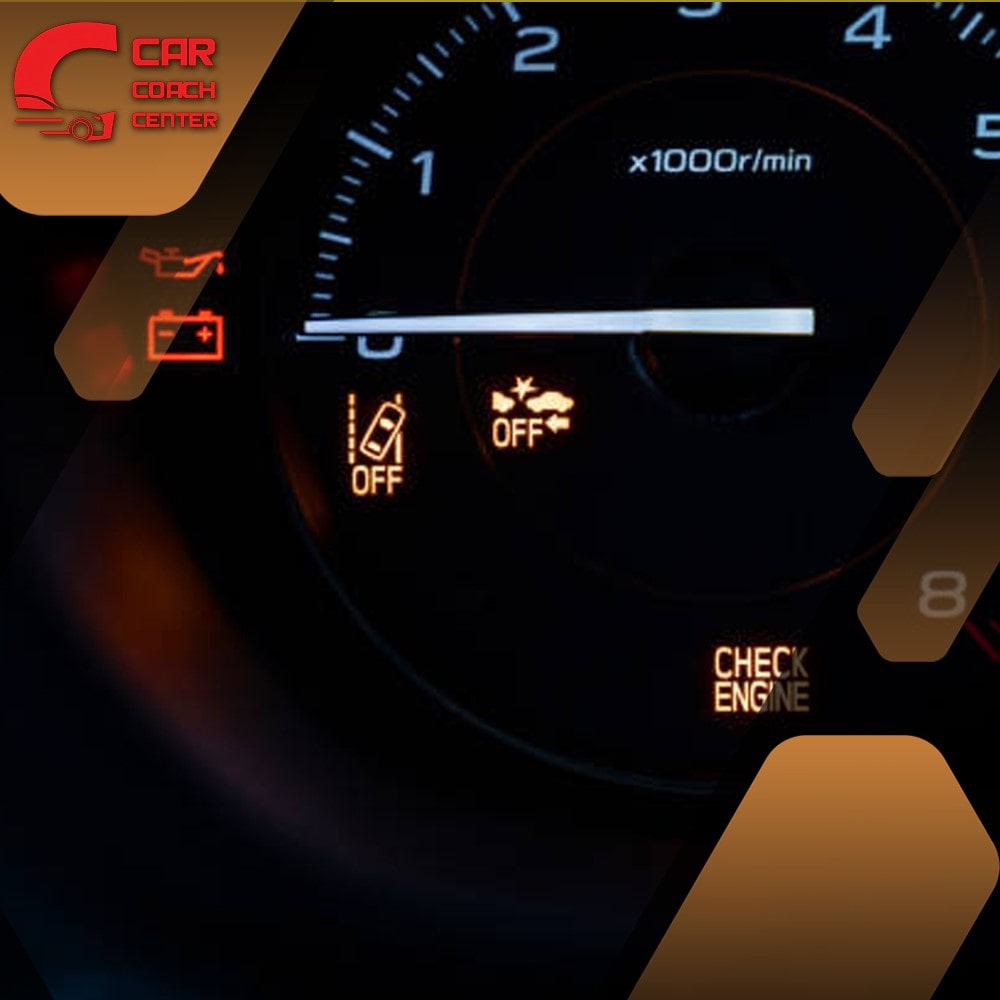Mazda Signs On Dashboard
The dashboard of your Mazda is equipped with various signs and symbols that communicate vital information about your vehicle’s health and status. Understanding these signs is crucial for every Mazda owner to ensure optimal performance and address any potential issues promptly.
In this comprehensive guide, we will delve into the world of Mazda dashboard signs, decoding their meanings, troubleshooting common problems, and the role of car coaching in navigating car-related challenges effectively. Trust the expertise of Car Coach Center to guide you through this informative journey.
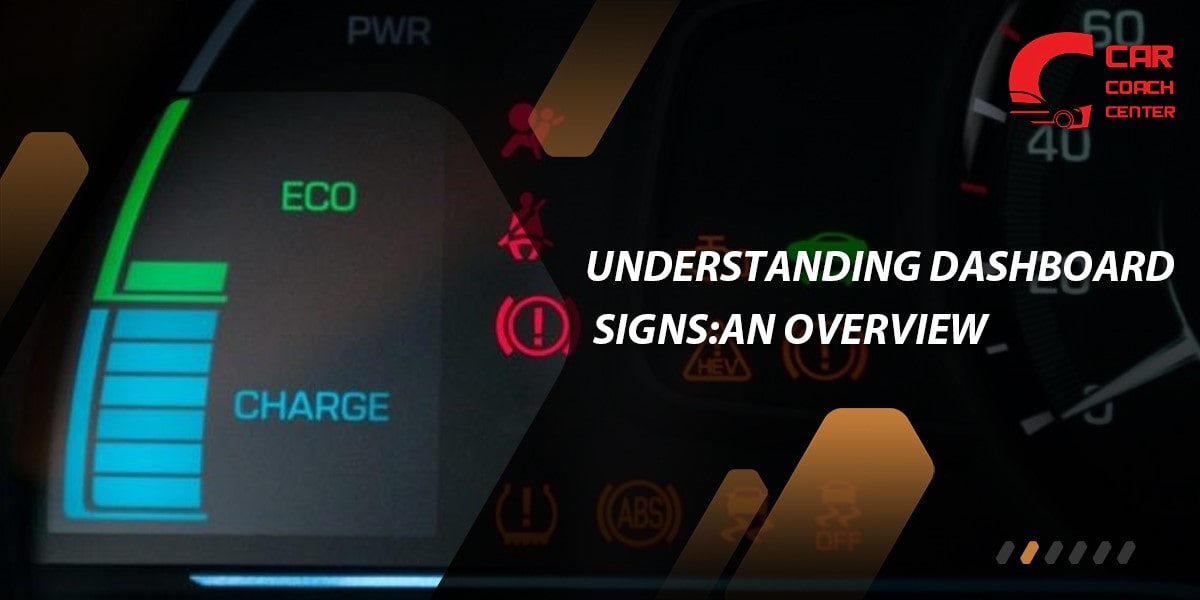
Understanding Dashboard Signs: An Overview
Dashboard signs serve as a communication tool, relaying crucial information about your vehicle’s condition and alerting you to potential problems. Let’s explore the different types of dashboard signs and their meanings, as well as the significance of color-coded indicators.
- Warning Signs
- Engine-related Signs
– Check Engine Light: This warning light indicates a potential issue with the engine, such as a malfunctioning sensor or a problem with the drivetrain.
– Oil Pressure Warning Light: Illuminates when the engine oil pressure is low, signaling the need for immediate attention to prevent engine damage.
– Engine Temperature Warning Light: Indicates that the engine is overheating, requiring prompt action to avoid engine failure.
– Battery Warning Light: Alerts you to a problem with the vehicle’s charging system, potentially indicating a faulty alternator or battery.
– Brake System Warning Light: Illuminates when there is a problem with the braking system, such as low brake fluid or worn brake pads.
- Safety System Signs
– Airbag Warning Light: Indicates a fault in the airbag system, potentially compromising its functionality during an accident.
– Seat Belt Reminder Light: Reminds occupants to fasten their seat belts for enhanced safety.
– ABS Warning Light: Illuminates when there is an issue with the Anti-lock Braking System, affecting the vehicle’s braking performance.
– Traction Control System (TCS) Light: Alerts you to a problem with the TCS, a system that helps maintain traction during slippery conditions.
– Electronic Stability Control (ESC) Light: Indicates a fault in the ESC system, designed to enhance stability and control while driving.
- Indicator Signs
- Fuel and Engine Status
– Fuel Gauge: Displays the amount of fuel remaining in the vehicle’s tank.
– Low Fuel Warning Light: Illuminates when the fuel level is critically low, prompting the need for refueling.
– Engine Start/Stop Indicator: Indicates the status of the engine, whether it is running or stopped.
– Engine Coolant Temperature Gauge: Displays the temperature of the engine coolant, helping monitor the engine’s operating temperature.
– RPM Gauge: Shows the engine’s revolutions per minute, providing information about the engine’s performance.
- Vehicle Operation and Features
– Turn Signal Indicator: Flashes when the turn signal is activated, indicating your intention to change lanes or make a turn.
– High Beam Indicator: Illuminates when the high beam headlights are engaged.
– Cruise Control Indicator: Signals that the cruise control system is active, maintaining a set speed without manual acceleration.
– Parking Brake Indicator: Indicates that the parking brake is engaged, ensuring the vehicle remains stationary when parked.
– Tire Pressure Monitoring System (TPMS) Light: Alerts you to low tire pressure, helping prevent tire damage and enhance safety.
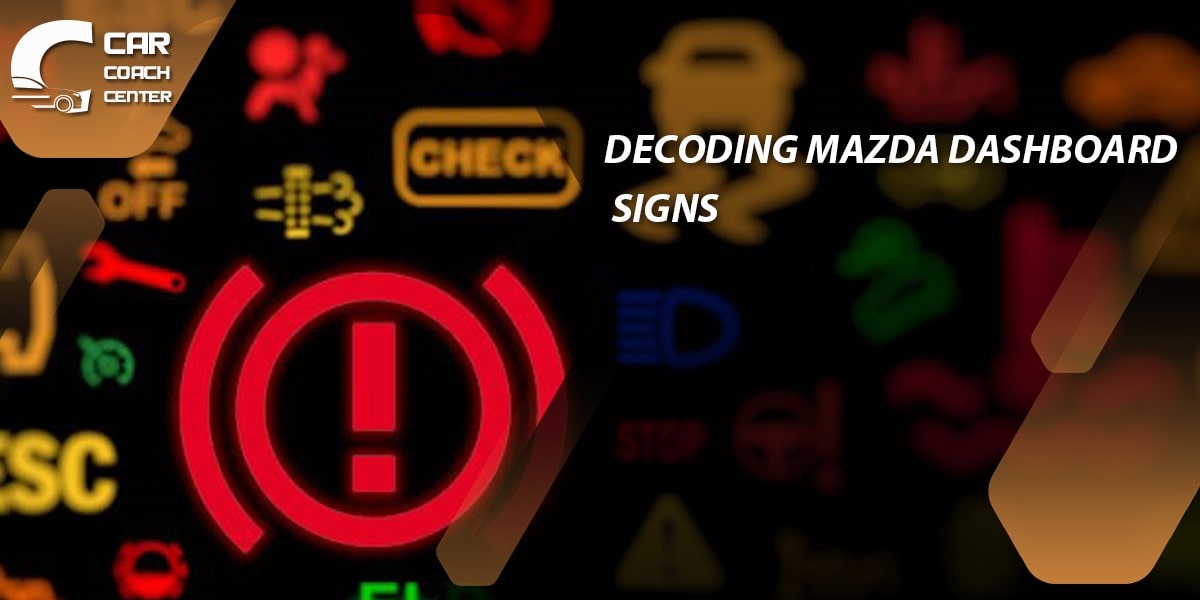
Decoding Mazda Dashboard Signs
Now that we have an overview of the different dashboard signs, let’s dive deeper into decoding the specific Mazda dashboard signs you may encounter. Understanding these signs will empower you to take appropriate action and address any issues effectively.
- Warning Signs
Check Engine Light:
The Check Engine Light is one of the most common and important warning signs. It can be triggered by a range of issues, including:
– Faulty oxygen sensor
– Loose or damaged gas cap
– Catalytic converter problem
– Mass airflow sensor malfunction
Troubleshooting Steps:
– Check the gas cap for proper closure and tightness.
– If the issue persists, consult a car coach or certified technician for further diagnosis and repair.
Oil Pressure Warning Light:
The Oil Pressure Warning Light indicates low oil pressure, which can lead to engine damage if not addressed promptly. Possible causes include:
– Insufficient oil level
– Faulty oil pressure sensor
– Oil pump malfunction
Troubleshooting Steps:
– Check the engine oil level using the dipstick and add oil if necessary.
– If the light remains illuminated, seek professional assistance to diagnose and repair the oil pressure issue.
Engine Temperature Warning Light:
The Engine Temperature Warning Light signifies that the engine is overheating, which can be caused by:
– Low coolant level
– Malfunctioning thermostat
– Cooling system leaks
Troubleshooting Steps:
– Safely pull over and turn off the engine to prevent further damage.
– Allow theengine to cool down and check the coolant level. If it’s low, refill it with the appropriate coolant mixture.
– If the issue persists, consult a car coach or certified technician to diagnose and repair the cooling system problem.
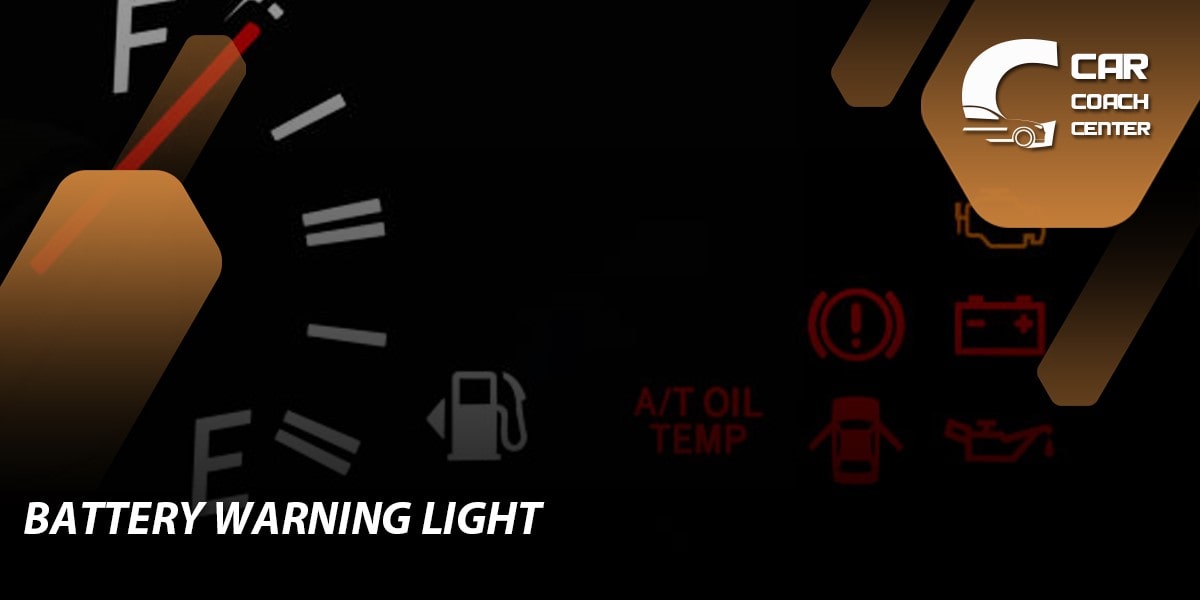
Battery Warning Light:
The Battery Warning Light indicates an issue with the vehicle’s charging system. Possible causes include:
– Faulty alternator
– Weak battery
– Loose or corroded battery connections
Troubleshooting Steps:
– Check the battery connections for tightness and cleanliness.
– If the connections are secure, have the battery and charging system tested by a car coach or certified technician.
Brake System Warning Light:
The Brake System Warning Light alerts you to a problem with the braking system. Potential causes include:
– Low brake fluid level
– Worn brake pads
– Faulty brake master cylinder
Troubleshooting Steps:
– Check the brake fluid level and refill it if necessary with the appropriate type.
– If the fluid level is normal, inspect the brake pads for wear. If they are worn, have them replaced.
– If the issue persists, consult a car coach or certified technician for further diagnosis and repair of the braking system.
- Indicator Signs
Fuel Gauge:
The Fuel Gauge displays the amount of fuel remaining in the vehicle’s tank, providing an estimate of the driving range before refueling is necessary.
Tips and Best Practices:
– Refuel before the fuel level drops too low to avoid running out of fuel unexpectedly.
– Keep track of your fuel consumption to plan refueling stops during long journeys.
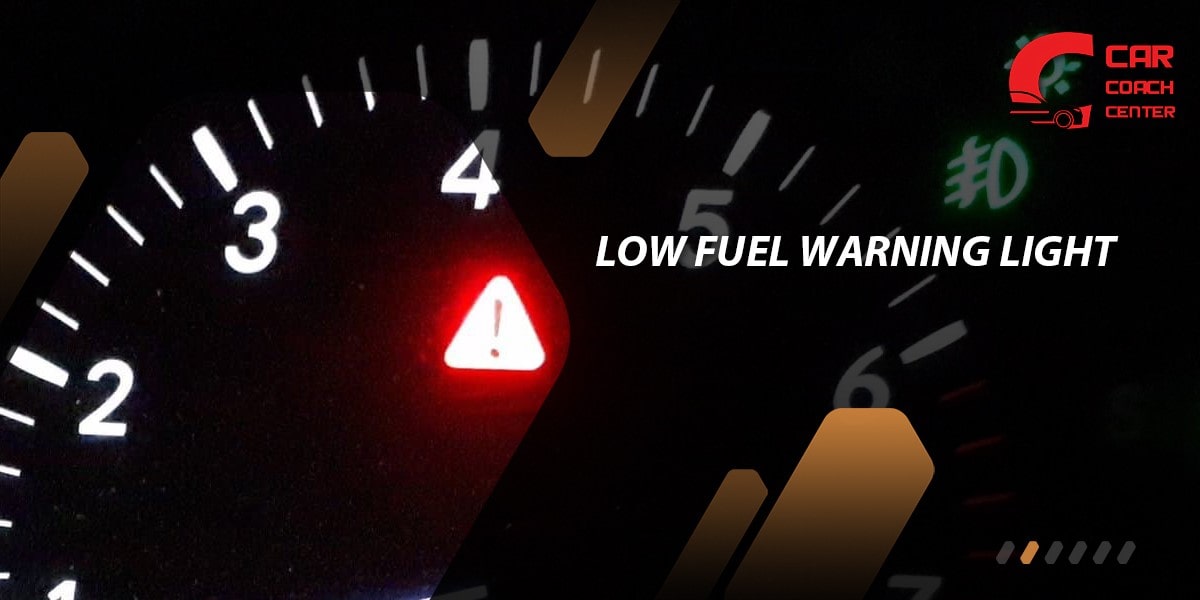
Low Fuel Warning Light:
The Low Fuel Warning Light illuminates when the fuel level is critically low, reminding you to refuel as soon as possible.
Action Steps:
– When the low fuel warning light comes on, locate a nearby gas station and refuel at the earliest opportunity.
– Ignoring this warning light may result in the vehicle running out of fuel, potentially stranding you in an inconvenient or unsafe location.
Engine Start/Stop Indicator:
The Engine Start/Stop Indicator displays the status of the engine, indicating whether it is running or stopped.
Information and Usage:
– When the indicator shows the engine is running, it means the engine is actively providing power to the vehicle.
– If the engine start/stop feature is enabled, the engine will automatically stop when the vehicle comes to a complete halt, such as at a traffic light, and restart when the brake pedal is released.
Engine Coolant Temperature Gauge:
The Engine Coolant Temperature Gauge provides information about the engine’s operating temperature, allowing you to monitor its health.
Monitoring and Maintenance:
– Ensure the temperature gauge remains within the normal range during normal driving conditions.
– If the gauge shows the engine is overheating or constantly running at a higher temperature, seek professional assistance to diagnose and repair the cooling system.
RPM Gauge:
The RPM Gauge displays the engine’s revolutions per minute, providing information about its performance and workload.
Understanding RPM:
– The RPM gauge indicates how fast the engine’s crankshaft is rotating.
– Higher RPM values are typically associated with more demanding driving conditions, such as accelerating or climbing hills.
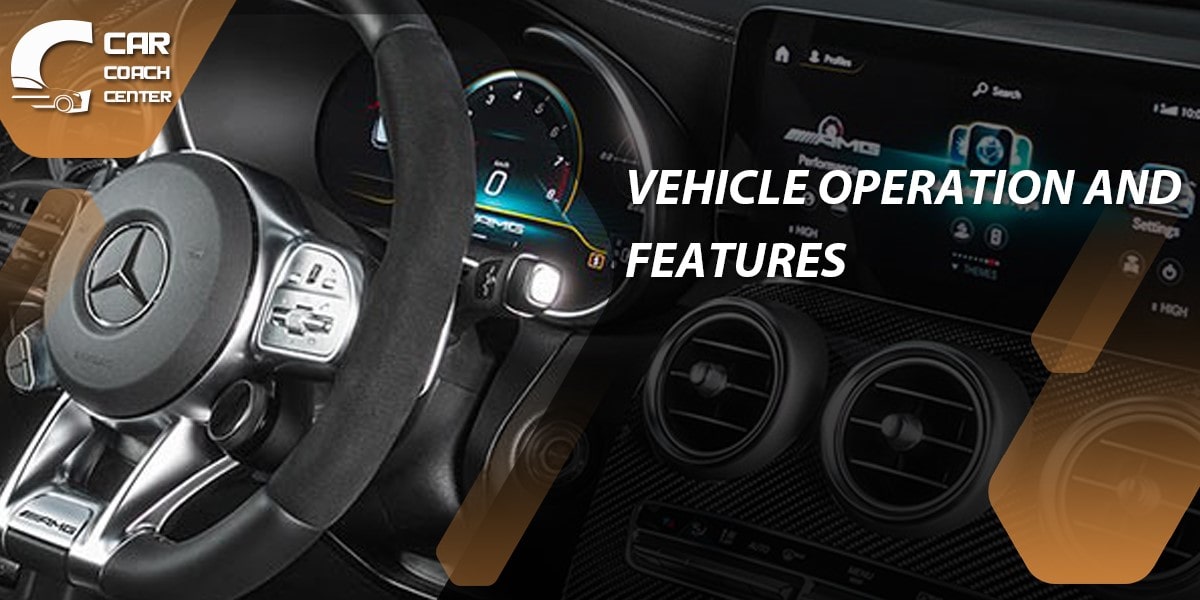
Vehicle Operation and Features
Turn Signal Indicator:
The Turn Signal Indicator flashes when the turn signal is activated, indicating your intention to change lanes or make a turn.
Usage and Safety:
– Always use the turn signals before changing lanes or making turns to communicate your intentions to other drivers.
– Make sure to turn off the turn signal after completing the maneuver to avoid confusion.
High Beam Indicator:
The High Beam Indicator illuminates when the high beam headlights are engaged, providing enhanced visibility in dark conditions.
Tips for High Beam Usage:
– Use high beams when driving on unlit roads or in rural areas with no oncoming traffic.
– Remember to switch back to low beams when approaching other vehicles to avoid blinding their drivers.
Cruise Control Indicator:
The Cruise Control Indicator signals that the cruise control system is active, maintaining a set speed without manual acceleration.
Cruise Control Usage:
– Activate cruise control on long stretches of highway driving to maintain a consistent speed and reduce driver fatigue.
– Pay attention to the traffic conditions and deactivate cruise control when necessary, such as in heavy traffic or on winding roads.
Parking Brake Indicator:
The Parking Brake Indicator informs you that the parking brake is engaged, ensuring the vehicle remains stationary when parked.
Parking Brake Usage:
– Engage the parking brake when parking on an incline or for extended periods to prevent the vehicle from rolling.
– Always release the parking brake before driving to avoid potential damage to the braking system.
Tire Pressure Monitoring System (TPMS) Light:
The TPMS Light alerts you to low tire pressure, helping prevent tire damage and enhance safety.
Action Steps:
– When the TPMS light illuminates, check the tire pressure of all tires, including the spare.
– Inflate the tires to the recommended pressure levels specified in the owner’s manual or on the driver’s side door jamb label for optimal performance and safety.
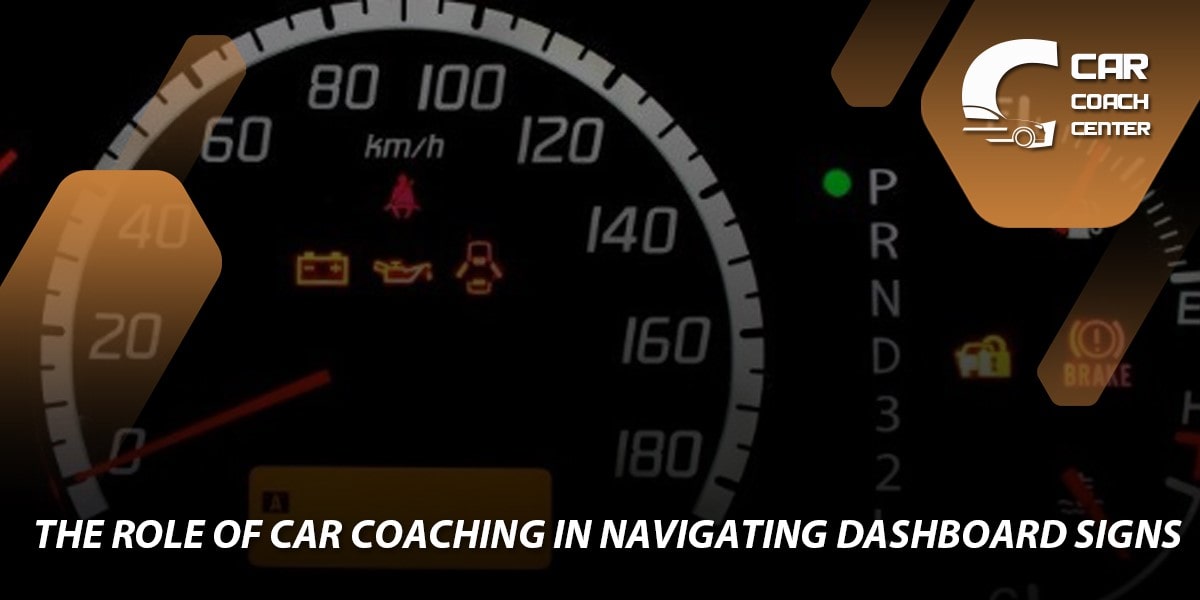
The Role of Car Coaching in Navigating Dashboard Signs
Car coaching plays a vital role in helping Mazda owners navigate dashboard signs effectively and address any car-related challenges they may encounter.
Car coaching provides personalized guidance and support, combining the expertise of automotive professionals with the convenience of remote assistance. Here’s how car coaching can assist you in understanding and troubleshooting Mazda dashboard signs:
- Expert Advice: Car coaches are knowledgeable professionals who specialize in various aspects of automotive maintenance and repair. They can provide accurate interpretations of dashboard signs and offer guidance on the appropriate steps to take.
- Real-Time Assistance: Car coaches can offer real-time assistance through phone calls or video chats, allowing them to see the dashboard signs firsthand and provide immediate guidance based on the observed symptoms.
- Troubleshooting: Car coaches can help you troubleshoot common issues associated with dashboard signs, offering step-by-step instructions and recommendations for resolving the problem.
- Preventive Maintenance: Car coaches can provide proactive advice on preventive maintenance practices to minimize the occurrence of dashboard signs and ensure long-term vehicle health.
- Cost-Effective Solutions: Car coaches can suggest cost-effective solutions, such as DIY repairs or temporary fixes, when appropriate, helping you save money on unnecessary repairs or visits to the dealership.
- Education and Empowerment: Car coaching sessions are not only focused on resolving immediate issues but also on educating Mazda owners about their vehicles. By understanding the dashboard signs and their meanings, owners become more empowered to take care of their cars and make informed decisions.
Conclusion
Understanding Mazda dashboard signs is essential for every Mazda owner to maintain optimal vehicle performance and address potential issues promptly. By decoding the meanings of warning and indicator signs, Mazda owners can take appropriate action and ensure their safety on the road.
Car coaching, such as the services provided by carcoachcenter.com, plays a crucial role in guiding Mazda owners through the intricacies of dashboard signs, offering expert advice, troubleshooting assistance, and empowering them with knowledge.
With the combined efforts of Mazda owners and car coaching services, maintaining a well-functioning Mazda becomes an achievable and rewarding experience. Trust in the expertise of Car Coach Center to navigate the world of Mazda dashboard signs and keep your vehicle running smoothly.
What is car coaching, and how can it help me with Mazda dashboard signs?
Car coaching provides personalized guidance and support for understanding and troubleshooting dashboard signs, ensuring optimal vehicle performance.
Why should I consider car coaching for my Mazda?
Car coaching offers expert advice, real-time assistance, and cost-effective solutions to empower Mazda owners in addressing dashboard sign challenges.
How can car coaching enhance my Mazda ownership experience?
Car coaching educates and empowers Mazda owners, enabling them to make informed decisions and maintain their vehicles' health effectively.

